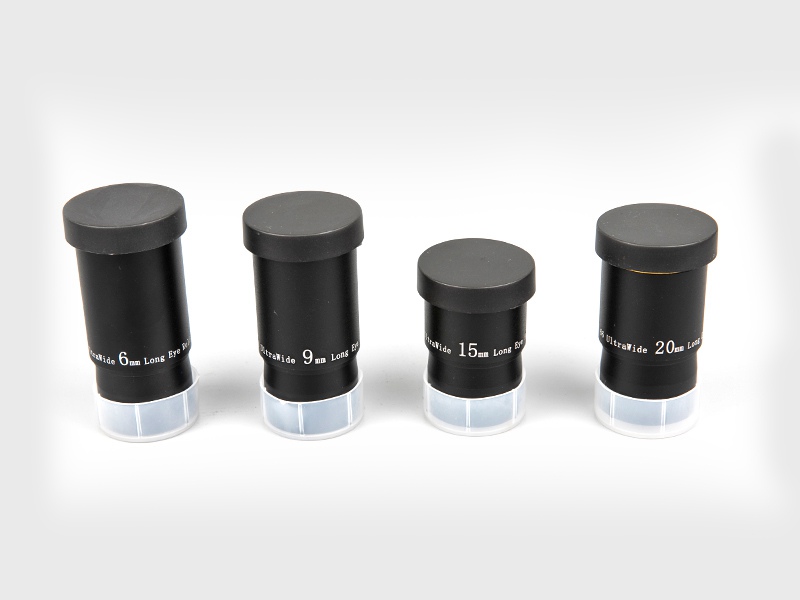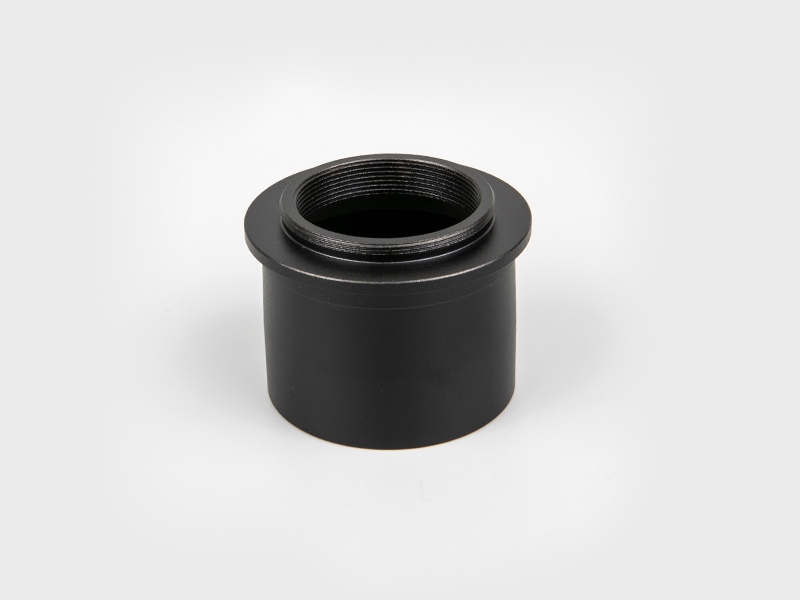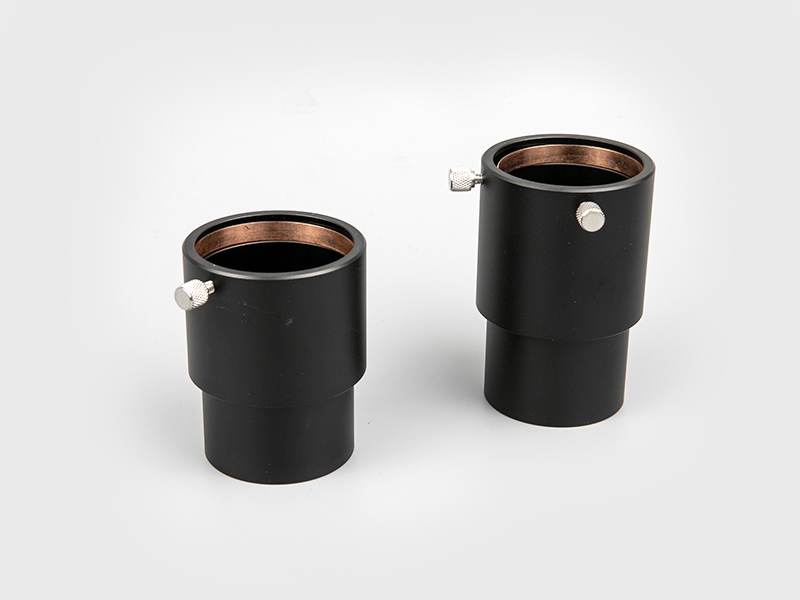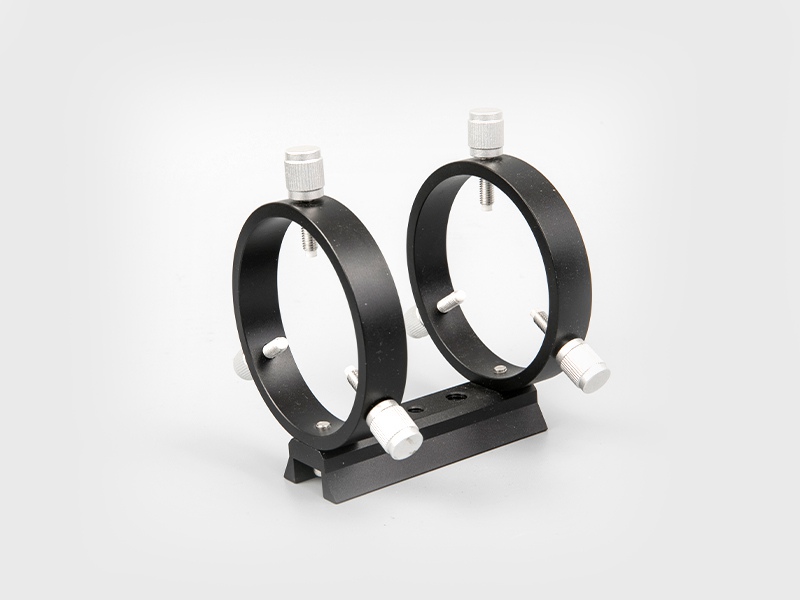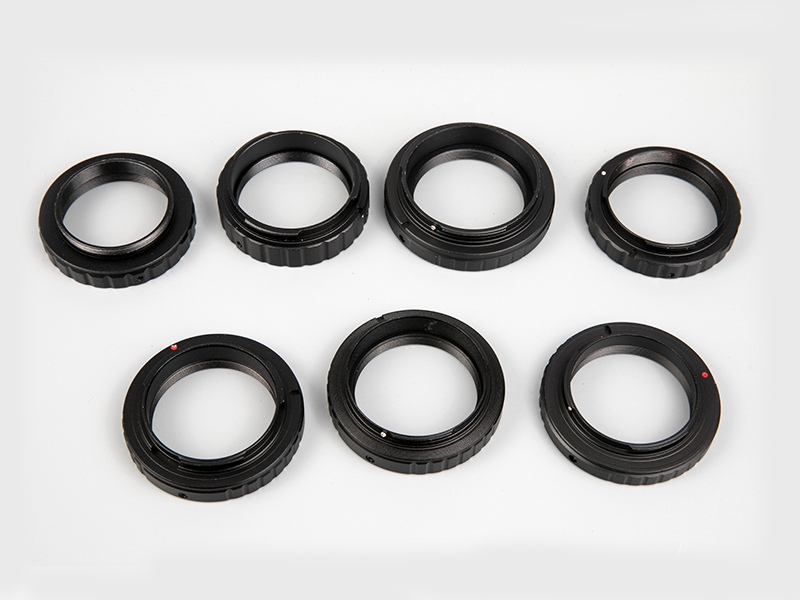Novice must read: the most important issues before buying binoculars
I believe that many people don't know anything about binoculars when they first started, so as novices, when buying binoculars, they often want to know how to choose binoculars. I hope that professionals will guide you on which aspects to choose. Let's interpret it for you in a few words. We should roughly consider these aspects when choosing a telescope. Internal prism structure, magnification, objective lens aperture.
Internal prism structure:
The prism structure of the telescope is mainly divided into Paul type (PORRO) and roof type (ROOF).
The appearance of Paul's style means that the eyepiece and the objective lens are not in the same straight line. Its image will be brighter, but the size and distance of the target are not as good as the roof type. This is determined by the structure.
The roof-top eyepiece and the objective lens are in the same straight line, and its lens barrel is straight. The sense of distance, sense of body, size, etc. are closer to what the naked eye can see. Based on this, Apache's three series of cloud chasing, riding eagle, and war eagle series of telescopes are mostly roof-shaped prism structures. In terms of size, this type of telescope is also more portable.
gain:
The first digit used to indicate the model indicates the magnification of this telescope. For example, the 12x40mm magnification of the Apache telescope chasing the cloud is 12 times. Most novices think that the larger the magnification, the better. This is a big misunderstanding. The best magnification for practical naked eye observation is 7~12 times, which can ensure the best field of view and observation effect. The magnifications of the Apache telescope series are all between 8 and 12 times, which is based on this consideration. Ensure the best observation effect.
Objective lens diameter:
The second digit used to indicate the model number indicates the inner diameter of the objective lens of this telescope. For example, the Apache telescope has a 12x40mm objective lens with a diameter of 40mm. The aperture of the objective lens is also called the effective aperture of the objective lens. Generally speaking, the larger the aperture of the objective lens, the greater the amount of light passing, the higher the resolution, and the greater the brightness of the field of view.
I hope that after reading these, all telescope enthusiasts can more easily choose a telescope that suits them when buying.

 English
English 日本語
日本語 Deutsche
Deutsche España
España
